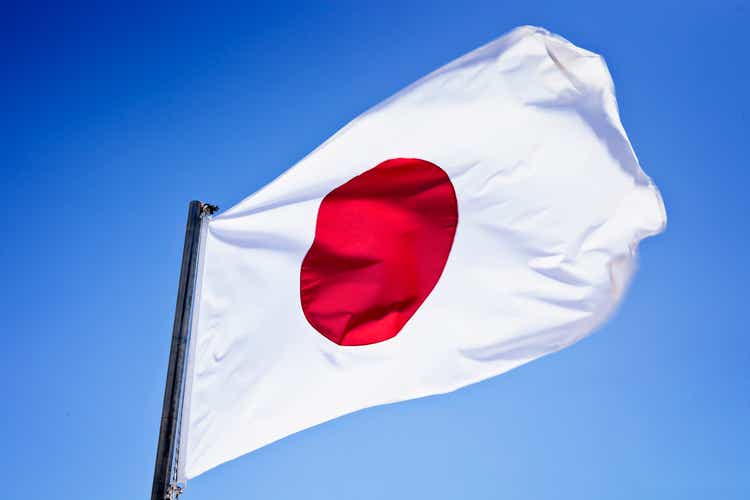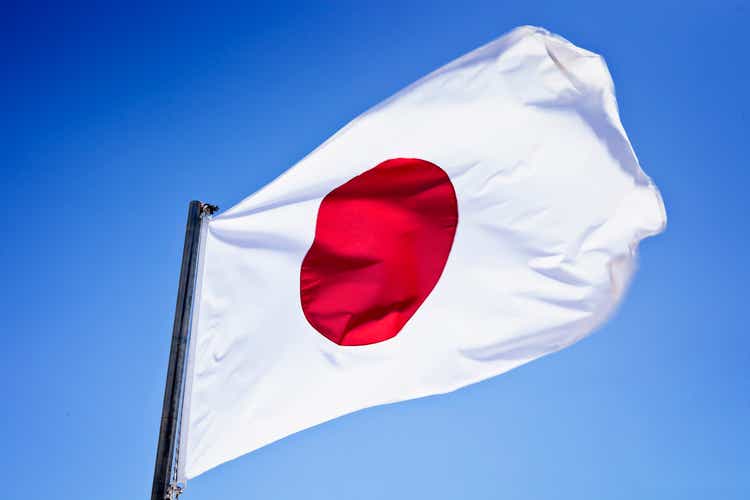[ad_1]
mbbirdy
I have over the last few weeks been analyzing exchange-traded funds (“ETFs”) in all sectors of the global market. One of the sad realities is that only 10% of any sector’s ETFs are profitable. In fact, many sectors with ETFs are negative year-to-date. I was very curious to see how international sectors were doing, including major markets of Europe, Japan, China, and many others. Let me provide some details here.
China Imports All The Russian Oil
For China, despite the size of the country, you would think there would be all sorts of opportunities within the country. As you likely know, getting exposure to the country is quite hard due to their politics. The handling of their Covid-19-Zero policy does not help, either. The following ETFs listed show a profitable return year-to-date:
ProShares UltraShort FTSE China 50 (FXP)
Global X MSCI China Energy ETF (CHIE)
ProShares Short FTSE China 50 (YXI).
It is quite evident that China still needs energy to manufacture even in its own domestic economy. I am sure most of the oil comes from embattled Russia. As with most sectors in equity, many are showing bearish conditions, so the short funds may ultimately come up with positive returns. I will let you take a look at the generated tearsheets for these ETFs.
Japan: Predictable And Low Volatility
As for Japan, I found these few ETFs that have positive returns as well year-to-date:
ProShares UltraShort MSCI Japan (EWV)
WisdomTree Japan Hedged SmallCap Equity Fund (DXJS)
WisdomTree Japan Hedged Equity Fund (DXJ)
As said above about China, you can make a fairly significant allocation with a short condition for the Japanese stock markets. The more predictable and less volatile sector is clearly the Japanese yen story. As the U.S. dollar does strengthen, other currencies suffer. The biggest one to suffer is, of course, the Japanese yen. This has been a long-term and very predictable trade very few people are talking about. Please analyze both tearsheets to let me know what you think.
Risks For Both
The Chinese ETFs have higher monthly double-digit returns with one exception, but do keep a tight eye on the current month’s returns if you decide to invest in all of these.
As for Japan, the monthly returns have been weaker in recent months, but they could swing back up if both Japanese markets and the yen weaken over the next few weeks.
In conclusion, all mentioned ETFs have a long-term buy, with Japan to continue with the upward swing. The Chinese ETFs might be more predictable due to a higher monthly return despite the steep June decline. The Chinese stock markets could continue to weaken as more Covid-19 closures take place. Recent examples include Tibet and Hainan.
[ad_2]
Source links Google News

